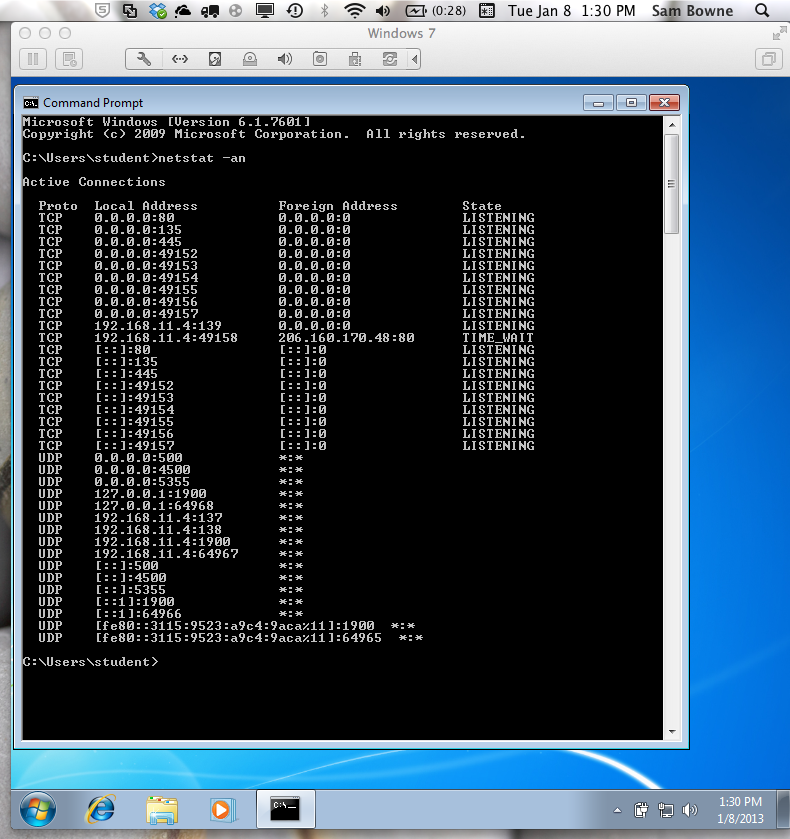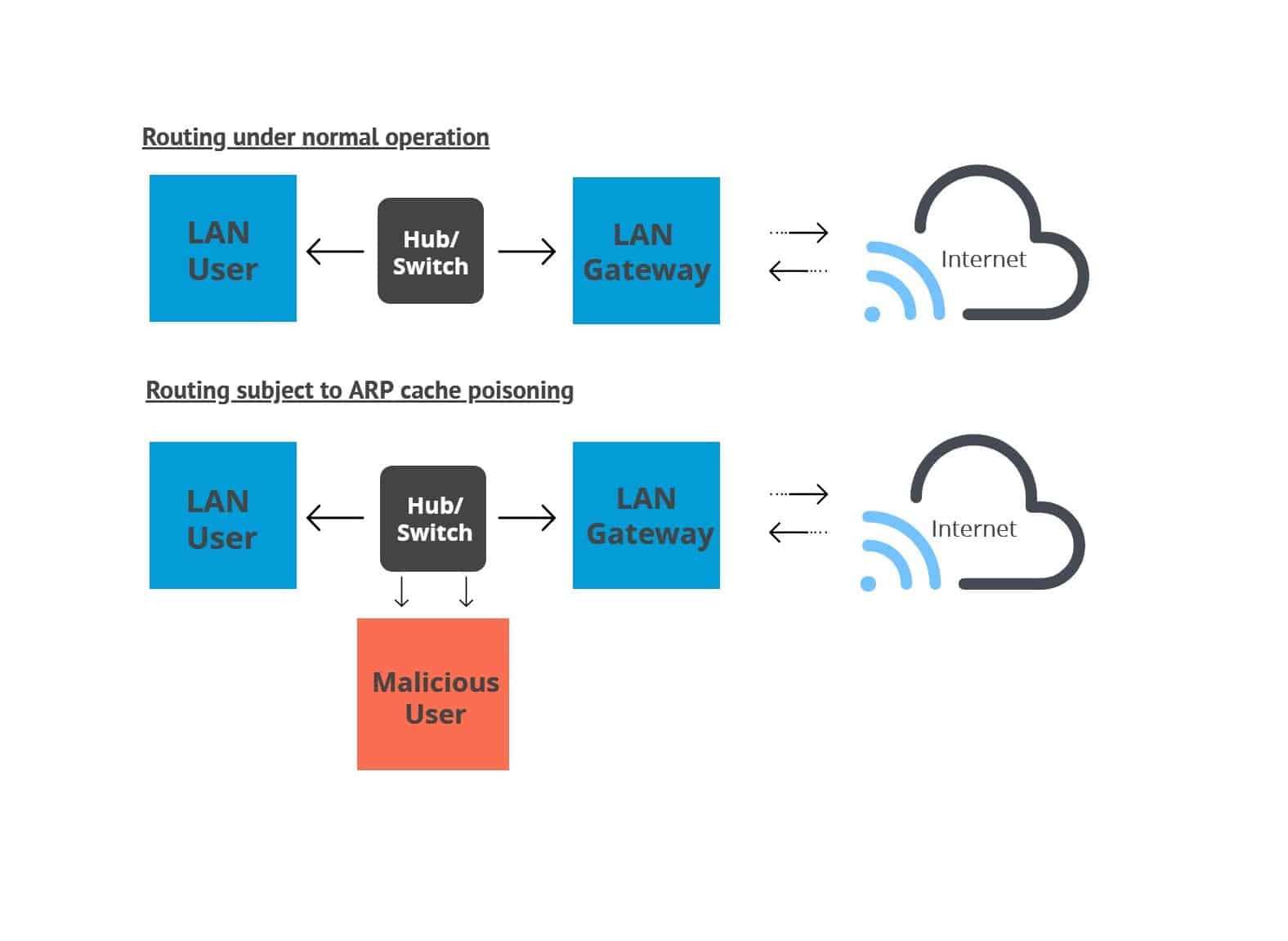
The continuous response from the continuous ping means there is a proper connection between the victim PC and the default gateway.

To monitor how the victim’s machine is communicating with the gateway, I’ll run a continuous ping from the victim machine to the gateway device with the Windows ping -t command.ĭuring this test, the following IP addresses are used: The ARP cache on the victim PC as seen above consists of dynamic and static entries. While we can see that the IP address 192.168.1.1 resolves into the d4:ca:6d:fc:43:9f hardware address, the attacker will begin an ARP proxy (spoof) against this address. This works across Mac and Linux the same way, but our victim machine here is Windows. To prevent this, the attacker forwards packets from the gateway to the victim and does the same thing back to the gateway.īringing all that to reality! From a Windows machine, running an arp -aĬommand will list a cache of all neighbour IP addresses with their MAC addresses. Packets meant for the victim wouldn’t get to him, and the victim may get suspicious. A default result will be disrupted communication between the victim and the gateway. This image is the same as the process above but with an attacker in the picture:Īt this point of interception, the attacker receives every piece of data meant for the victim from the gateway and vice versa. The image below illustrates a typical ARP operation: The same process is repeated vice versa with the victim, making the victim see the attacker’s IP address as the gateway address ARP replies.

There is usually a DNS cache, and with ARP there is an ARP cache stored on the ARP table.ĪRP spoofing is where an attacker pretends to be another computer on a network by telling the network gateway to request for the victim’s MAC address from his/her machine IP address. In order to speed up the process and avoid a repetition, a cache is stored.

One major similarity they both have is that they need to do the resolving job on new network connections. Resolving IP addresses to MAC with the ARP is similar to how the DNS helps resolve IP address to domain names.


 0 kommentar(er)
0 kommentar(er)
